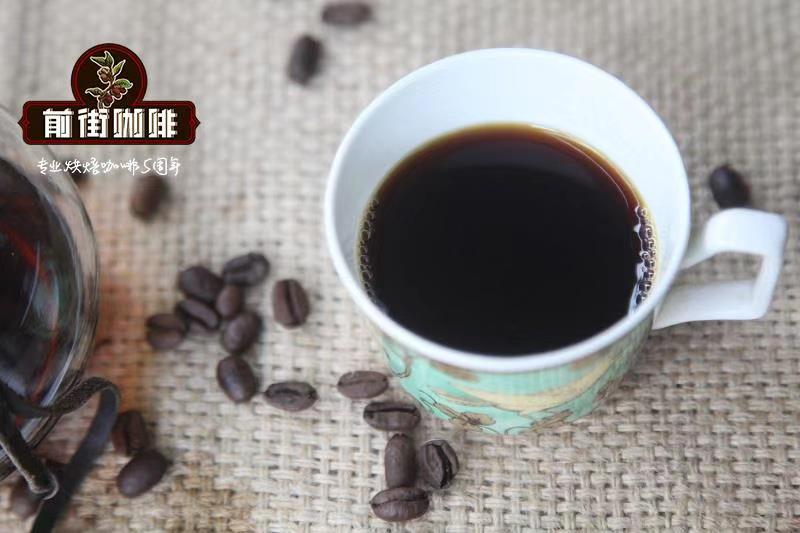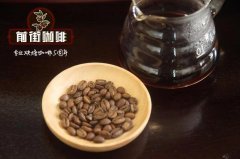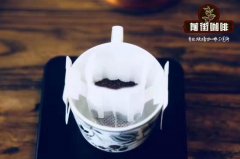Why the flavor of different countries is different in the same rose summer | how to highlight the flavor of rose summer

Professional coffee knowledge exchange More coffee bean information Please pay attention to coffee workshop (Weixin Official Accounts cafe_style)
The earliest rose species were discovered in Ethiopia's rose forest in 1931, sent to coffee research institutes in Kenya, introduced to Uganda and Tanzania in 1936, and then crossed the ocean to Costa Rica in 1953, and later to his neighbor, um, Panama. It was separated from other varieties by Esmerralda, entered the National Coffee Competition, won the championship, and became famous.
Different countries have different flavors.
At this time, I have to mention a word called "terroir". Terroir is actually a French word, Terroir, referring to climate, altitude, sunlight, soil, humidity and water of the air, as well as planting habits.
Panamanian coffee is mainly grown in the west of the country, near Costa Rica and near the Pacific Ocean. The average annual temperature ranges from 16 ° C to 25 ° C, and the average rainfall is about 3500 mm.
The Boquet region of Chiriqui province is a major producer of coffee, but of course, Vulcan, Santa Clara, Candela and others are also famous. Other districts include David, Remacimeinto, Bugaba and Tole.
The high altitude, good soil, annual precipitation of 3000-3500, annual average temperature of 16-25 and accumulated temperature, Panama's cold air flow from east to west through the Central Mountain concentrated at higher altitudes, and then in Boquete and Volcan-Candela caused a variety of microclimates, making Panama unique.
Rose summer raw beans appearance is very beautiful blue-green, jade-like warm texture, smell fresh grass fragrance, peach fragrance, berry flavor and most coffee beans do not have the unique milk sweet tea, it seems that aroma and taste this kind of thing is very need to cooperate association, but the faint tea gas is we can obviously feel.
Huilan Province is located in the west of Colombia, where the Andes Mountains form a narrow canyon. Coffee grows on the slope here, which is also a well-known producing area of Colombia coffee.
The coffee of Huy Lan Province is very balanced and warm because of the fertile volcanic soil, moderate rainfall and high altitude microclimate. It is mostly smallholder production, with about 80 per cent of producers in the region growing coffee on less than 3 hectares of land. Because most of the care is done by smallholder families themselves, labour is rarely outsourced, allowing for more thorough and intensive management of farms and processing of coffee beans.
Altitude: 1,800 M Treatment: Washing Treatment Grade: SUPREMO Variety: Guixia
Brewing advice
Parameters: HARIO V60/90℃/1:15/Abrasion VARIO 5O (Chinese standard No.20 sieve pass rate 57%)
/Brewing method: staged extraction
Method: Steam 30 grams of water for 30 seconds, then inject water to 120 grams, wait for the water to drop to the powder bed, then inject to 227 grams, remove the filter cup when the powder bed is seen, extraction time is 1 '53 ".
Flavor: Sweet taste, tea feeling will be more obvious, citrus, plum, bergamot acid tone, middle has cinnamon, caramel flavor, aftertaste is obvious oolong tea feeling, sugar back sweet.
END
Important Notice :
前街咖啡 FrontStreet Coffee has moved to new addredd:
FrontStreet Coffee Address: 315,Donghua East Road,GuangZhou
Tel:020 38364473
- Prev

Which country is mocha coffee | description of the taste characteristics of mocha coffee
Professional coffee knowledge exchange more coffee bean information Please follow the coffee workshop (Wechat official account cafe_style) for many coffee lovers, they have heard of a very old, very old, but also very familiar term Yemeni mocha. Once upon a time, when boutique coffee was not yet popular, the name of a coffee product called mocha often appeared on the menu of a coffee shop.
- Next

How to brew Rosa Coffee before it tastes good | is Rosa Coffee suitable for Pot brewing
Professional coffee knowledge exchange more coffee bean information please follow the coffee workshop (Wechat official account cafe_style) the species of Geisha was discovered in the rose forest of Ethiopia in 1931 and was later sent to the Coffee Research Institute in Kenya. Introduced to Uganda and Tanzania in 1936 and introduced to Costa Rica in 1953. Geisha, neighbor of Japan since ancient times
Related
- Beginners will see the "Coffee pull flower" guide!
- What is the difference between ice blog purified milk and ordinary milk coffee?
- Why is the Philippines the largest producer of crops in Liberia?
- For coffee extraction, should the fine powder be retained?
- How does extracted espresso fill pressed powder? How much strength does it take to press the powder?
- How to make jasmine cold extract coffee? Is the jasmine + latte good?
- Will this little toy really make the coffee taste better? How does Lily Drip affect coffee extraction?
- Will the action of slapping the filter cup also affect coffee extraction?
- What's the difference between powder-to-water ratio and powder-to-liquid ratio?
- What is the Ethiopian local species? What does it have to do with Heirloom native species?

